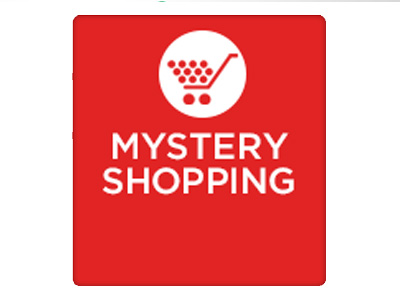By Steven Cooley, Customer Impact Scheduler
Before I started mystery shopping as a part-time job in college, I had previously heard of it mentioned in conversations, but I never really knew what it was. Even once I started mystery shopping on a regular basis, I still didn’t have the full picture of how the industry worked. It wasn’t until I became a full time scheduler that I really understood the whole process.
One main subject of confusion is exactly who the mystery shopping company (MSC) is. We are not the same as the restaurant/retail location where you perform your shops. That company is one of our clients, and they have hired us to evaluate some aspect of their business. Typical reasons a client may hire a MSC are to evaluate the quality of their products or their customer service. The client may want regular feedback (these are the shops you see frequently), or they may just want a one-time snapshot of their business from a customer’s perspective.
So the business, our client, has hired the mystery shopping company to evaluate their business. That’s where you come in! The mystery shopping company is then responsible for getting independent contractors, like you, to complete the evaluations. “Independent contractor” is a fancy way of saying that you’re your own boss. When it comes to mystery shopping, you don’t work for the mystery shopping companies. You work with the company on a specific project or scenario. You are completely in control of which jobs you take, how many jobs you take, etc.
![]()
The next step is that the shopper performs the mystery shop. This is the process shoppers are logically most familiar with. It typically involves going to the location and acting like a regular customer: making a purchase, interacting with employees, having a meal, and so on. Once this part is finished, the shopper goes back to the MSC and files a report. The nature of the report varies from client to client and MSC to MSC, but typically involves you telling the story of what happened while you were at the location. How did the employee greet you? How did the food taste? How long did you wait in line? These are some questions you may answer in a shop report.
At this point, the report goes to the editing department at the MSC. The editors look over your report for grammar, spelling, and formatting mistakes. The final report is the ‘product’ that we send to our clients, so we have to make sure the report looks professional. Once the report is edited, it is sent (anonymously) to the client. This is where the “mystery” part of mystery shopping comes in. The client never knows your identity, and so the report you submit is unbiased and represents the experience a typical customer would have at that business.
The client reviews the information in your report, and is able to make changes to improve their business for future customers. The final step is that we pay the shopper. Typically, this involves getting a set amount for performing the shop, along with reimbursement for purchases made during the shop. This process plays a vital role in enabling businesses to improve their products and services, and they couldn’t do it without mystery shoppers like you!






